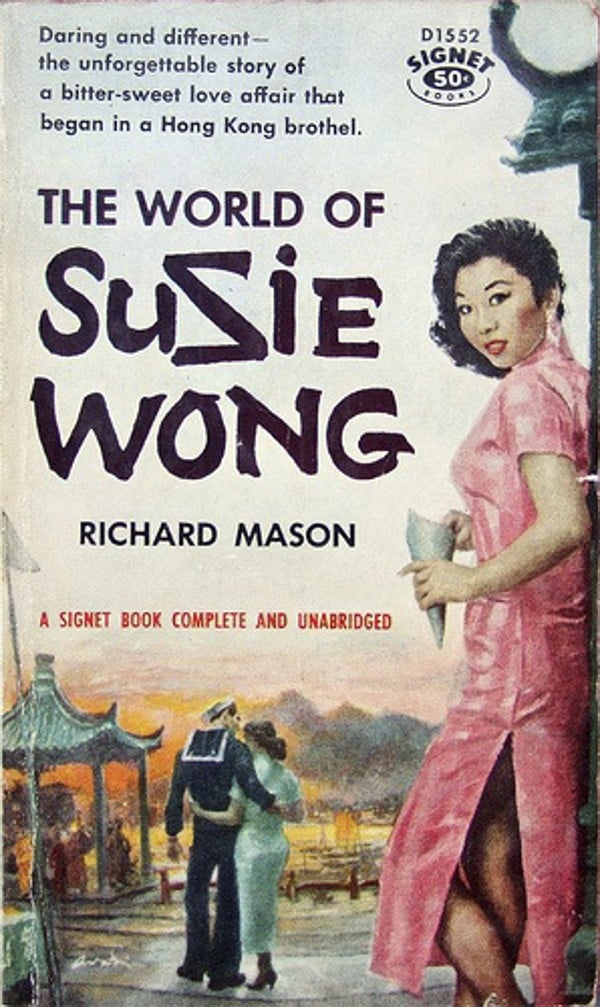
Suzie Wong: 60 years after Hong Kong icon was created, we recount an interview with late author Richard Mason
From the moment he discovered his hotel was ‘virtually a brothel’, Mason knew he had his book; six decades later, the tale of sex, prostitution and interracial relationships, and the fame of its heroine, continue to endure

This year marks 60 years since the publication of British author Richard Mason’s classic Hong Kong love story, The World of Suzie Wong. The tender romance between Robert Lomax, a young aspiring English artist, and Suzie Wong, a beautiful Chinese prostitute, struck a chord with the public and became a bestseller.

Its appearance in an age of innocence when sex, prostitution and interracial relationships were taboo subjects proved a revelation.
Mason’s assured writing – never letting the subject matter appear cheap or hollow – ensured his story of Wong and her fellow Wan Chai “yum yum” bar girls, with their motto of “no money, no talk”, also resonated with critics.
“Suzie Wong is enchanting,” gushed the New York Herald Tribune’s review, while The Times Literary Supplement praised Mason’s “extremely readable” story, which had been “written with uncommon skill and intelligence”.
However, back in 1956, when Mason first stepped off the liner in Kowloon carrying his portable typewriter, ready to start his next book, he had no idea what he would write about.
“I had felt I needed a background for a book and something in me said Hong Kong was a place where I would immediately find material, so I simply bought a ticket,” he told me in an interview in 1993, four years before his death from lung cancer, aged 78.
He took the Star Ferry from Tsim Sha Tsui to Wan Chai, where a friend had suggested he stay at the reasonably priced Luk Kwok Hotel – then a popular pick-up place used by prostitutes where rooms could be booked by the hour.
“I went down the first night to have my chow fan [fried rice] and saw all these women in the bar and I realised that it was virtually a brothel,” he said. “I was absolutely thrilled. From that moment I knew I had my book. I thought that was unbelievable – like a gift from God.”
The impact of the novel meant it was soon adapted into a successful stage play, which first opened on Broadway in 1958 with Canadian actor William Shatner as Lomax and Vietnamese-French actress France Nuyen as Wong.
A West End show, with Shanghai-born Tsai Chin as the eponymous heroine, opened the following year, while the 1960 screen version – filmed partly on location in Hong Kong – starred American actor William Holden and Hong Kong newcomer Nancy Kwan, who took over the lead role when Nuyen was fired.
Mason spent about four months writing the novel and befriended many of the prostitutes at the hotel.
One bar girl, Shanghai-born Wong Yuk-lan, then aged 24, even adopted the name of Suzie and claimed to be the inspiration for his novel.
Yet Mason disputed this. “My Suzie Wong was a mixture of different girls in the bar that I observed, certainly not based on just one girl,” he said. “There was a girl called Suzie, who because I used the name for the book, thought it must be her and even consulted a lawyer to sue me. But it didn’t work because it wasn’t her.
“I just thought Suzie was a good name; rather like naming a pet, you look for a good name. Then the Wong came. Originally I called her Suzie something else, but when looking for a title, I thought of calling it The World of Suzie … and felt it must alliterate, so chose the name Wong.”
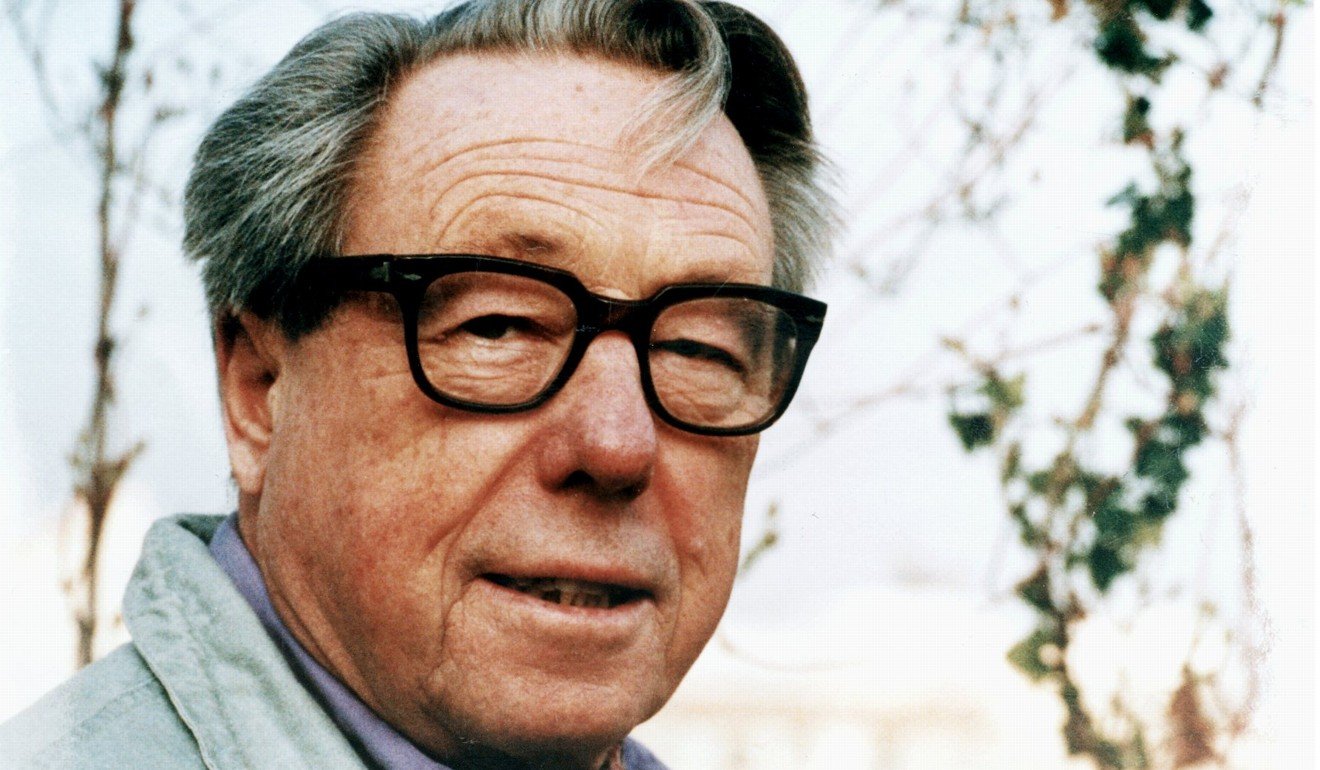
The vivid, unashamed romanticism of Mason’s narrative, written in the first person, remains fresh and alive, full of nimble-footed descriptions of Hong Kong’s places and people – including Wong and her fellow bar girls.
I think half of success in life is ambition ... but the other half is luck. My luck was being sent to the Far East; everything about it is fascinating to me
He expertly grabbed the readers’ attention right from the start as Lomax watches a pretty Chinese woman walk through the turnstile and join a Kowloon crowd waiting for the Star Ferry.
“I remember my publisher saying to me, ‘The minute I read the opening chapter I knew this book was going to work and be a bestseller.’”
Mason, who was born in 1919, was inspired to become a writer while at preparatory school by his English teacher, the poet W.H. Auden. “He was a fascinating teacher,” he said. “Sometimes in one’s school life one is inspired by a great teacher. He was my inspiration.
“I wrote my first book when I was only 14 and sent it to him, which he said was ‘no bloody good’. Ha! I can’t even remember what it was called. And it wasn’t published.”
Mason planned to write screenplays for films and documentaries and was working on a documentary film magazine before being called up by the Royal Air Force, aged 19, at the start of the second world war.
He was sent to study Japanese for a year in London before serving as an interrogator of Japanese prisoners-of-war in Burma.
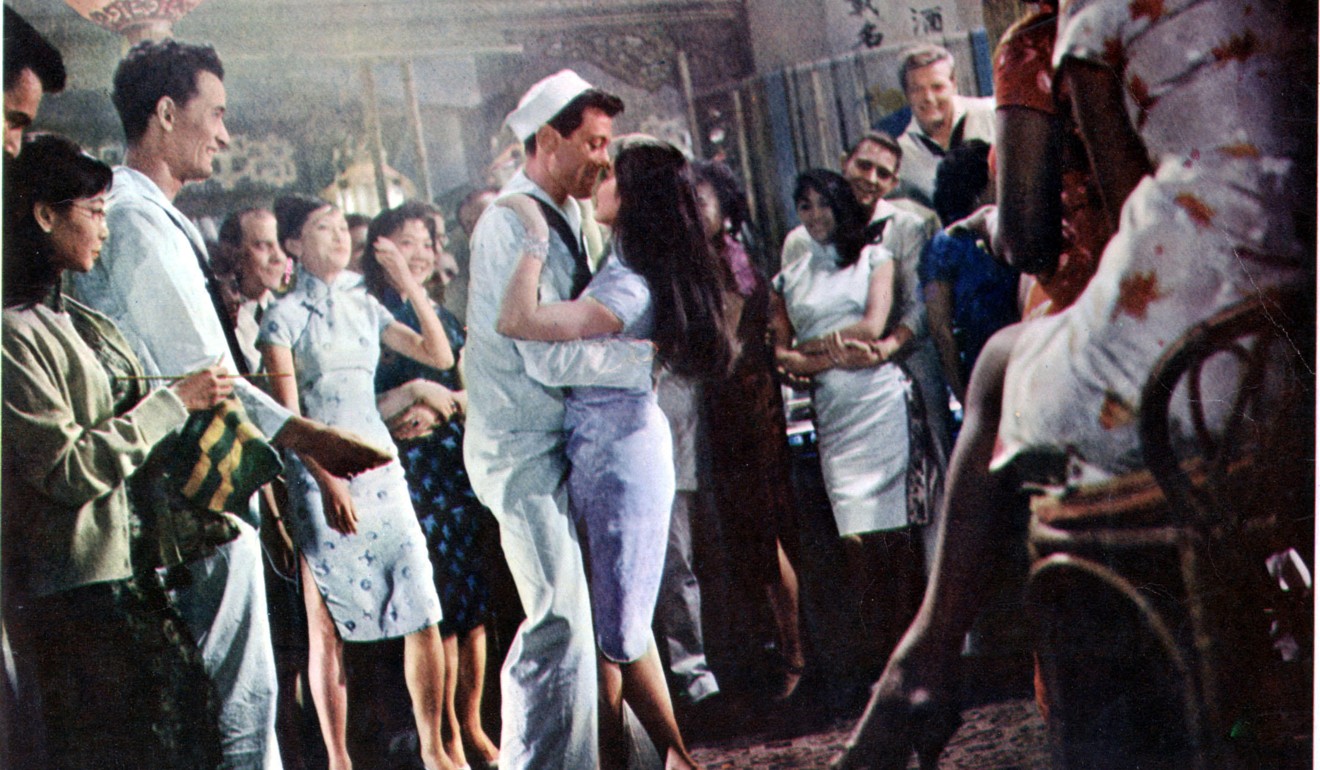
His wartime experiences were the inspiration for the first of three successful novels, The Wind Cannot Read, which he wrote in Burma, aged 23 – working on the story on his portable typewriter in his tent at night.
“I wrote it for myself and certainly never expected it would be published,” he said. “But when it became what you call a bestseller, I couldn’t believe the dream had come true.”
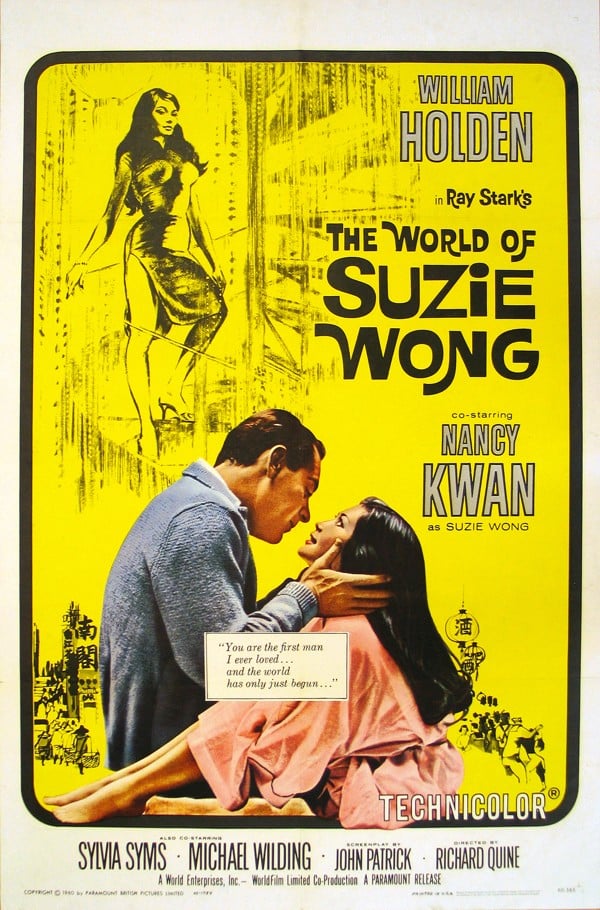
The novel, published in 1946, was made into a 1958 film starring Dirk Bogarde. Mason also wrote the screenplay with British filmmaker David Lean.
“It was almost a personal experience – a love story about a young soldier learning Japanese who falls in love with his Japanese instructor. The book was successful enough for me to be able to live just by writing when I left the RAF. I never had to take another job. I was enormously lucky,” he said.
“I think half of success in life is ambition – where you are determined to do something – but the other half is luck. My luck was being sent to the Far East; everything about it is fascinating to me. I just wanted to write it all down and record it, even if it was never published.”
After the book’s publication he travelled throughout Europe, Africa, the West Indies and Asia.
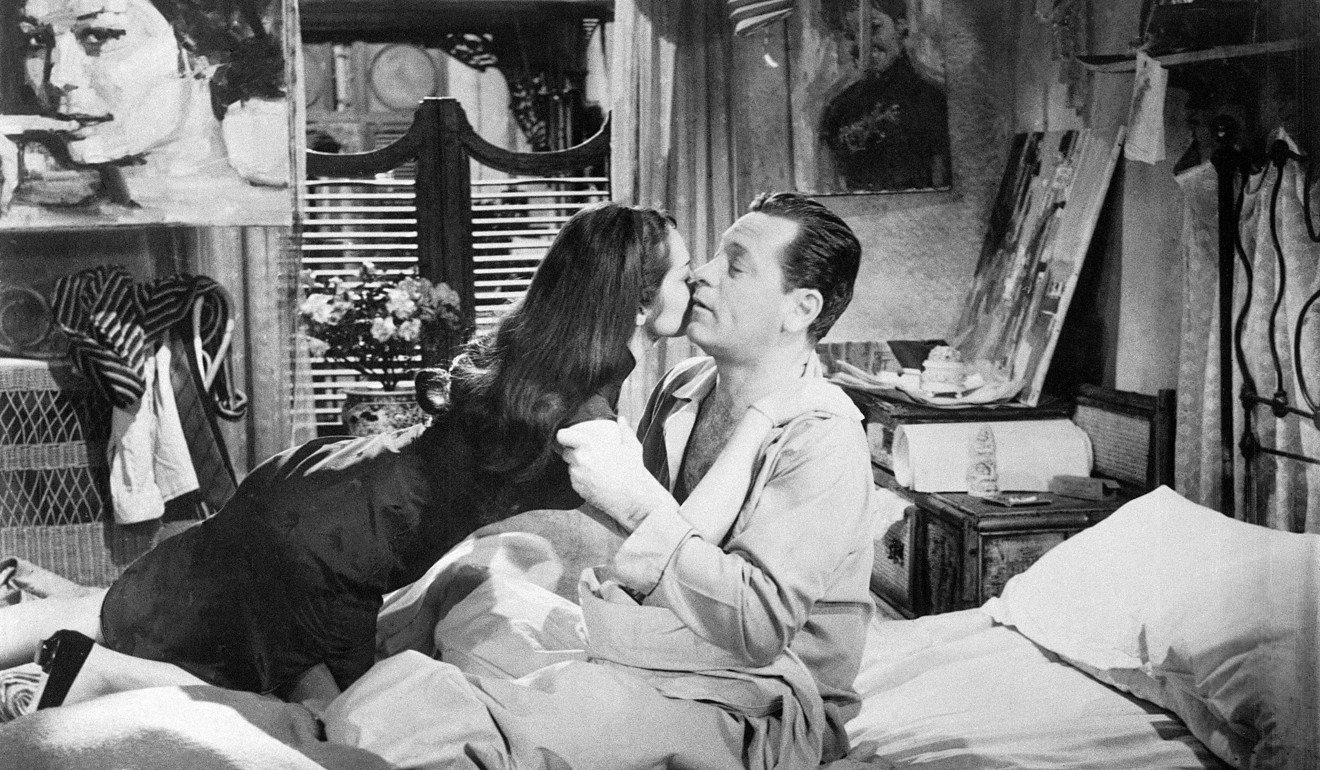
A spell in Jamaica inspired his next success, the 1949 romantic novel The Shadow and the Peak. A story about a headmaster loved by three different women, it was filmed in 1958 as Passionate Summer, starring Born Free actors Bill Travers and Virginia McKenna.
Mason also continued writing screenplays, including 1956’s A Town Like Alice, based on the Nevil Shute novel about a forced march by prisoners-of-war after the fall of Malaya to the Japanese. The film also starred McKenna, and Peter Finch.

Despite his experience, Mason was disappointed not to write the Suzie Wong film. “I would have liked to have done the script for Suzie, but unfortunately they didn’t ask me,” he said. “I didn’t think it was a great film, but I suppose I quite enjoyed it.
“Obviously they had to change the English hero into an American for commercial reasons. But I thought Holden [then 42] was much too old for the part and totally miscast, good actor though he was. He just wasn’t suitable to play a young aspiring artist.”
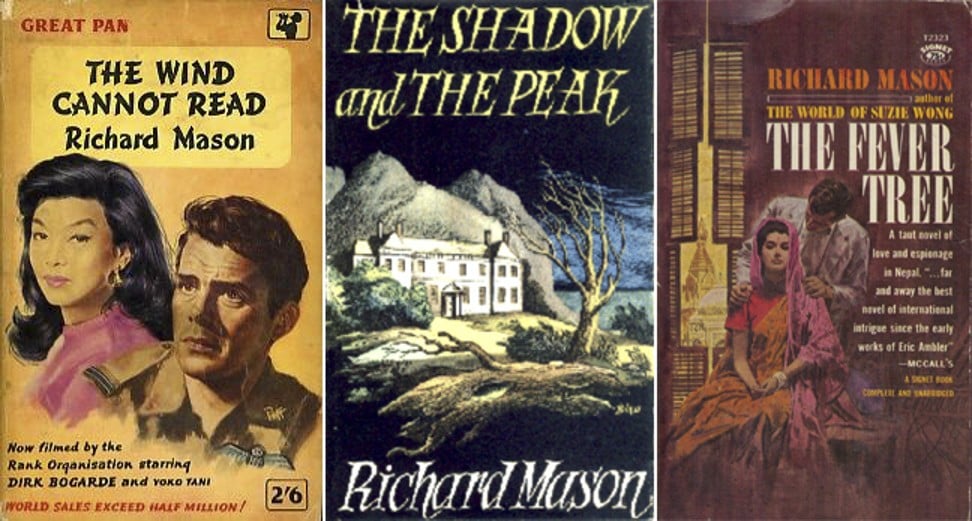
Mason published one more novel – the less-than-successful 1962 spy thriller The Fever Tree, set in India and Nepal, about a British major who is a Russian spy.
“It was rather disappointing. I thought it deserved better than it got, but you can’t have luck every time,” he said in 1993. “That was my last book. Don’t ask me why. I can’t answer. Writing was always hard work. As a young man I had tremendous push to write … Perhaps I got lazy or didn’t have any more inspiration. And I didn’t.”
Suzie Wong’s success allowed him to buy a rooftop apartment in Rome in the late 1950s, where he lived comfortably with his third wife, Maggie, and their two children.
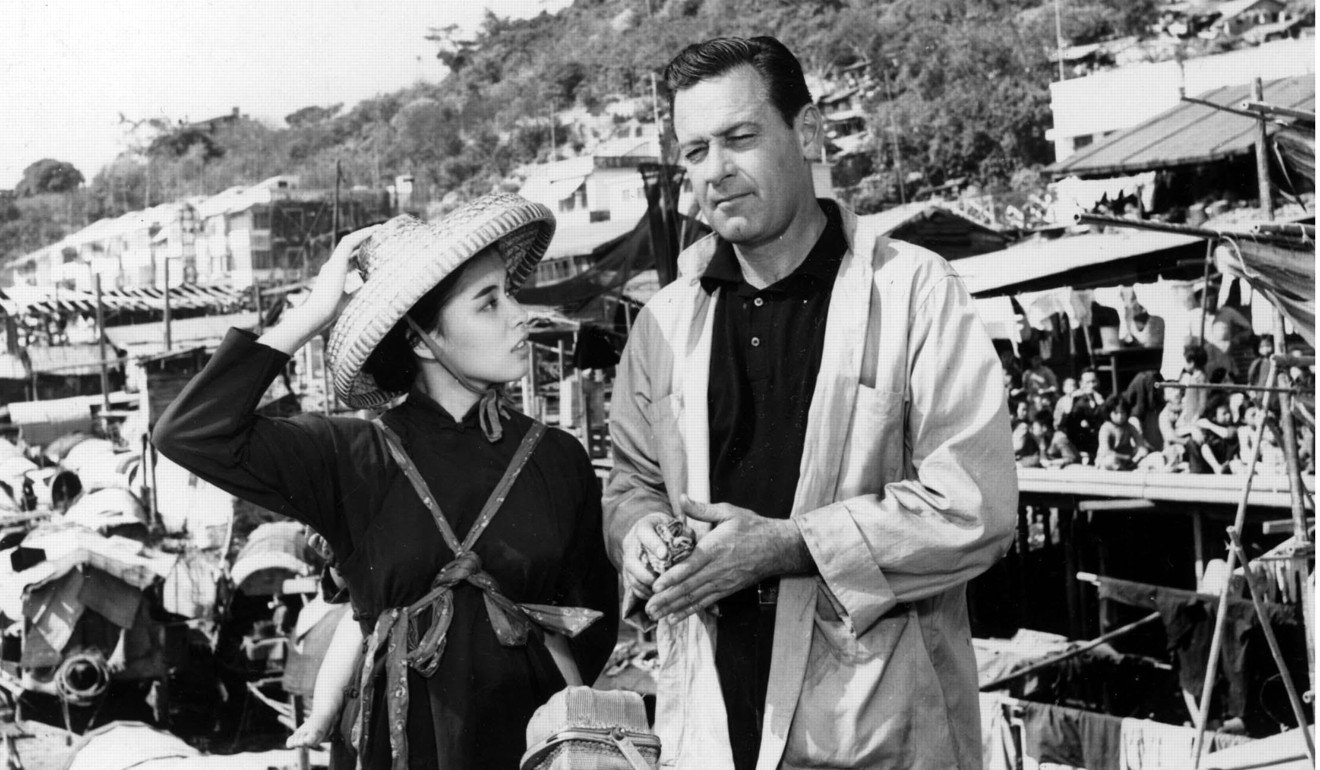
Mason was frail with illness at Christmas 1996 when we sat in his Rome flat looking at a book of then-and-now photographs of Hong Kong’s ever-changing skyline.
“I have not been to Hong Kong for years,” he said. “I’d like to remember it as it was in the days of Suzie Wong.”
He died just over three months after the Hong Kong handover and his Rome gravestone is inscribed with a translation of the Japanese poem used as the title of The Wind Cannot Read.
“Though on the sign it is written
‘Don’t pluck these blossoms’ –
it is useless against the wind,
which cannot read.”

That book and The Shadow and the Peak are largely forgotten now, but the fame of Suzie Wong and its heroine endure.
“I’m a little surprised people are still interested in Suzie after all these years,” Mason said in 1994 after the book’s successful Hong Kong reissue; Penguin Random House, meanwhile, won a keenly contested auction for the global publishing rights in 2012.
“I’ll be absolutely happy and thrilled if I’m remembered for the book The World of Suzie Wong,” he said. “I think I’ve been the most fortunate and lucky man in the world.”
Happy birthday, Suzie Wong.
Next week: William Shatner’s recollections of the original Broadway Suzie Wong show.